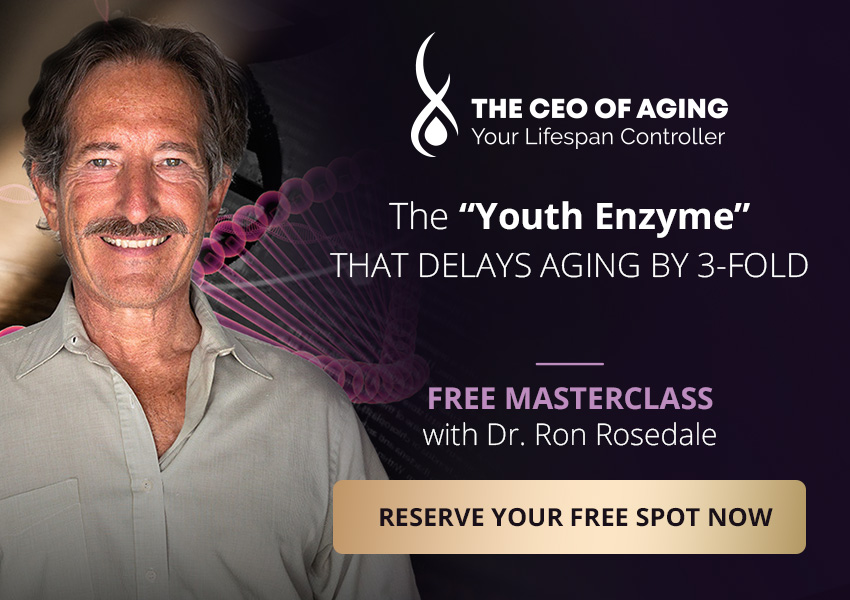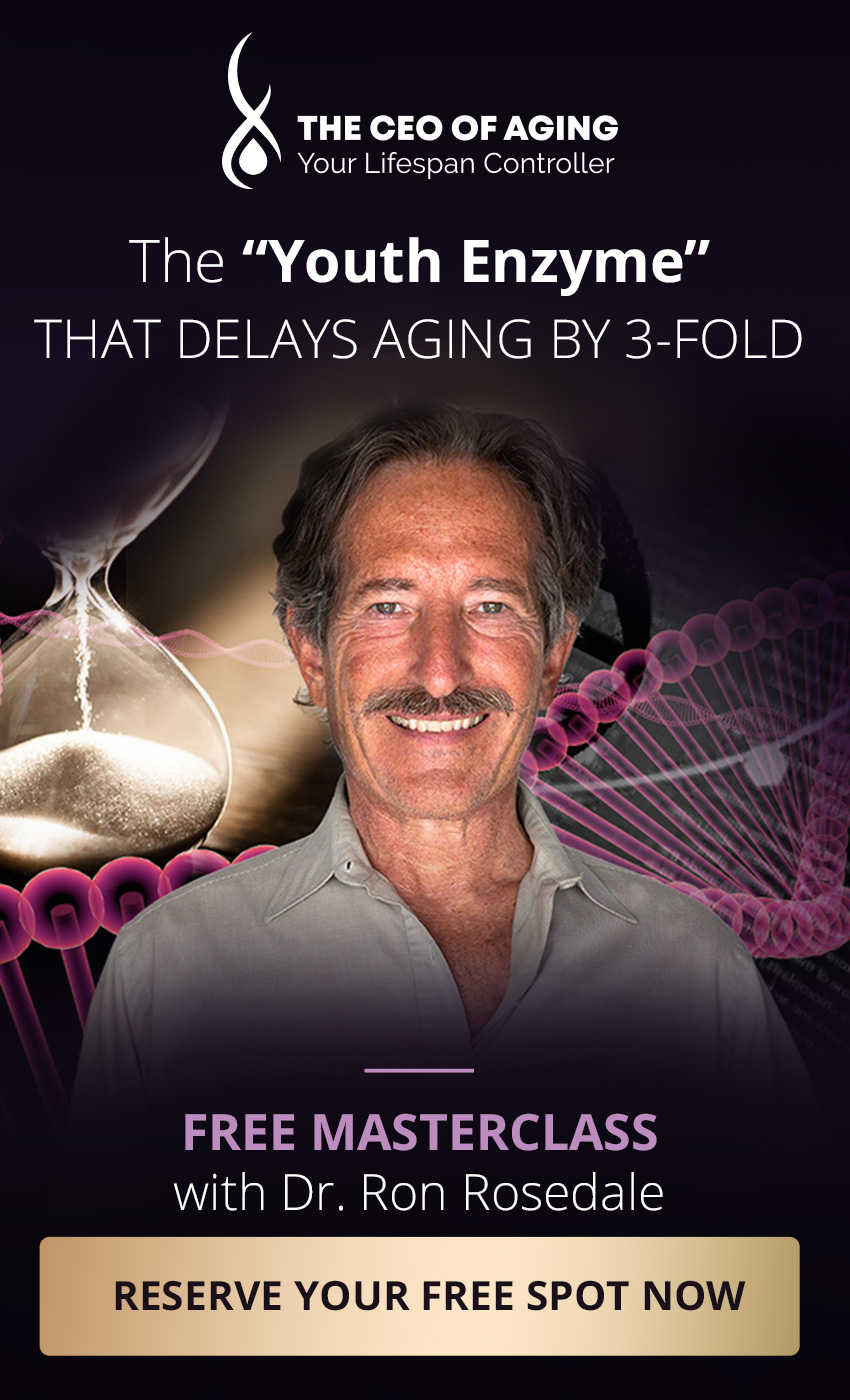Red Light Therapy: What is it, How to Access it and Who May Benefit From it
Blog Health Red Light Therapy: What is it, How to Access it and Who May Benefit From it

What are you doing to stop your skin—and the rest of your body with it—from aging?
The skin is the largest organ in the human body. It’s also our first line of defense against invaders: pathogens, toxins, potential injuries, impact, and all sorts of damage.
Given that, it’s no surprise that it tends to deteriorate quickly and show signs of wear and tear faster than the rest of our bodies.
One of the therapies that has grown more popular in recent years for treating and preventing skin aging is red light therapy. It is touted as a highly effective solution—sometimes even a “miracle healing modality”—to prevent skin aging and heal skin conditions.
But does it really work? And if so, how?
That’s what we’ll find out in this blog post.
Below, we’ll look at what red light therapy is, how it works, and what it can actually do (as proven by science) for your skin and your body overall.
We’ll also examine some of the at-home devices that are being touted as a quick-and-easy solution and analyze whether they’re really worth it.
By the end, you’ll know everything there is to know about this treatment and whether or not it’s the right solution for your specific skin conditions and age-related problems.
What is Red Light Therapy?
Red light therapy is known by a number of names, including:
-
Non-thermal LED light
-
Low-level laser therapy
-
Low-level laser light therapy
-
Cold laser therapy
-
Soft laser therapy
-
Photobiomodulation and phototherapy
-
Biostimulation
-
Photonic stimulation
These names all refer to the same form of treatment, which for the sake of easy reading, we’ll refer to as “red light therapy” for the rest of this post.
Red light therapy uses low levels of light in the red spectrum to treat skin conditions. Preliminary research into red light therapy suggests that it can be useful for improving skin health—including reducing acne, wrinkles, redness, and scars.
It’s also touted as a treatment for a wide range of medical conditions. However, the technology is still in its early stages of research and development, so you need to take any claims with a grain of salt and a healthy dose of skepticism.
In this, as with all therapies, it’s important to understand the science backing up the claims, which we’ll deal with in a section below.
How Does Red Light Therapy Work?
Red light therapy was discovered (sort of by “accident”) by a Hungarian scientist by the name of Endre Mester almost 60 years ago in 1967. His research discovered that rats exposed to red light tended to heal more quickly from wounds. The rats also experienced more hair growth as a result of the light exposure.
NASA grew interested in red light therapy next. They used it to experiment with plants in an effort to grow plant life in space. It was also used to treat wounds on astronauts.
Since then, interest in red light therapy has increased, particularly as modern research is trying to look for ways to treat aging and diseases without the need for medication or invasive treatments.
Red light therapy is effective because it simply uses light to treat your health problems.
Light in the red spectrum are beamed onto your skin, typically in a location where there is a wound or blemish that needs repairing.
Light in the red or near infra-red wavelength will typically penetrate your skin between 1 and 2 millimeters [1]. It triggers a biochemical effect in your cells, activating the mitochondria that are the powerhouses that produce cellular energy. It does so by:
-
Increasing electron transportation
-
Elevating ATP levels
-
Raising oxygen consumption
By increasing mitochondrial activity, red light is believed to enhance cellular efficiency and speed up processes like growth and repair. More cellular energy, particularly in the skin cells, should accelerate skin rejuvenation.
Red light therapy is also believed to:
-
Stimulate the production of collagen, which your skin needs to repair damage and maintain its structure and elasticity
-
Reduce inflammation that could reduce cellular efficiency
-
Increase blood flow to the skin
-
Increase the production of fibroblasts, which are needed for the production of collagen
In doing all of the above, red light therapy helps your body to more effectively repair and restore itself.
Red light therapy may be recommended to treat a number of skin conditions, including:
-
Acne
-
Psoriasis
-
Stretch marks
-
Fine lines and wrinkles
-
Age spots
-
Rosacea
-
Eczema
-
Sun damage
In addition to addressing these skin conditions, red light therapy is also believed to improve facial texture, reduce the visibility of scars, and speed up wound healing.
Red light therapy may also stimulate the growth of hair by increasing activity in the hair follicles. For this reason, it’s often recommended for addressing hair loss, particularly in cases of androgenic alopecia.
Get FREE Access!
We are on a mission to change your life by providing you with curated science-backed health tips, nutrition advice and mouth-watering recipes. Sign up to receive your 3 starter gifts and get exclusive access to new weekly content for FREE:

Free eBook
to boost metabolism

4 Shopping Guides
for every diet

22 Free Recipes
to beat sugar addiction

Subscribe now
Does Red Light Therapy Work? A Look at the Science…
While the claims above make red light therapy sound amazing, you know there’s no way we can just accept them at face value. We’ve got to dig deep and see the scientific proof for ourselves.
A 2018 review [2] of the research available at the time found that red light therapy was useful for treating a number of health issues, particularly skin conditions like edema (swelling), inflammation, and redness. It also had marked effects on accelerating wound healing and recovery from injuries.
Other benefits noted in the study included:
-
Decreased synovitis (swelling in the synovial membranes in the joints)
-
Decreased severity of oral mucositis (inflammation in the mucus membranes in the mouth)
-
Reduced hemorrhage and edema following snakebite venom injection
-
Improved bone density in teeth following a tooth extraction
-
Faster nerve regeneration
-
Reduced inflammation and accelerated healing following burn injuries
-
Faster healing of oral ulcers
-
Stimulation of angiogenesis in response to wounds on the skin
-
Decreased skin tissue deformation
-
Reducing swelling and pain caused by arthritis
-
Accelerated healing of damaged tendons
-
Enhanced collagen synthesis
-
Decreased pain post-surgery
-
Decreased post-exercise (a marker of tissue damage)
That’s a lot of pretty impressive benefits backed up by science. The benefits aren’t just limited to the skin, either, but are prevalent throughout the entire body.
However, it’s important to note that the review went on to say that “more high-quality head-to-head comparison studies should be conducted”. Further research was recommended to verify just how potent and effective red light therapy could be.
Based on preliminary research, other possible benefits of red light therapy might include:
-
Reduced side effects of cancer treatments [3]
-
Reduced progression of myopia [4]
-
Reduced pain and swelling caused by carpal tunnel syndrome [5]
-
Decreased nerve pain [6]
-
Enhanced cognitive function and decreased deterioration among Alzheimer’s patients [7]
-
Decreased pain and swelling in the joints among people suffering from Achilles tendinitis [8]
Red light therapy is also used alongside photosensitizing medications as a treatment for cancer. This is called “photodynamic therapy”.
In photodynamic therapy, light-activated photosensitizers create oxygen that is toxic to cancer cells, effectively killing off those cells. It can be used for not only treating cancers and tumor cells, but also acne, warts, and skin growths.
At-Home Red Light Therapy Devices: What You Need to Know
There are a number of red and near infra-red light therapy devices that have become very popular in the last few years. These devices are meant to provide red light therapy treatment at home to target specific conditions or issues.
A few of the most popular devices are:
-
Red light therapy hats, which are intended to target the hair follicles on the head to activate hair growth. They’re popular among men who are experiencing hair loss or hair thinning as a non-medical, highly convenient means of reversing or slowing hair loss.
-
Red light therapy masks, which fit over your entire face to treat wrinkles, acne, scars, and other facial skin blemishes. They’re typically utilized for a short period of time several times each week as a means of combating skin aging and improving facial skin health.
-
Red light therapy wands, which are handheld devices that allow you to treat your arms, legs, torso, or other body parts where you are experiencing swelling, nerve pain, joint pain, skin blemishes, or want to accelerate wound healing. These use red LED lights to spot-treat smaller areas.
-
Red light therapy panels, which are mounted on a wall or on a table to beam red light directly at your face or body. Smaller panels are used for spot treatments, while larger panels can be used to treat larger areas of skin.
-
Red light therapy beds, which are similar to tanning beds, but use red lights instead of UV lights. As with tanning beds, you climb inside and lie down to expose your entire body to red light with the intended goal of reversing and treating skin conditions, decreasing pain, or reducing inflammation.
Most at-home devices have been constructed based on the science that proves red light therapy’s efficiency. However, some of the lower-quality devices use less powerful light sources than were utilized in the studies. They've been scaled down to use at home rather than in a clinical setting. That's why it's imperative to choose only the top quality at-home red light devices, devices which are made more in line with the equipment used for treatments in a clinical setting. They may be the costlier at-home devices, but they're more likely to deliver performance on-par with professional-grade devices and you can trust they actually do what they claim to.
Is Red Light Therapy Safe?
No long-term side effects of red light therapy have been reported. Unlike exposure to UV light (from the sun or tanning beds), there is no scientific evidence to suggest that red light contributes to skin cancer.
Some minor side effects—including mild skin irritation or pain—have been reported. However, red light therapy is believed to be a safe treatment for skin conditions.
Wrapping Up:
Red light therapy is a treatment that can accelerate wound healing, reduce inflammation and pain, improve your skin health, and possibly provide other benefits, as you saw listed above.
While a great deal more research is needed to prove its claims beyond doubt, what science there is does provide concrete evidence that red light therapy can improve the health of your joints, teeth, mouth, brain, but most of all, your skin.
If you’re looking for a treatment that can combat skin aging, consult your doctor to see if red light therapy is an option for you.
Resources:
Shining light on the head: Photobiomodulation for brain disorders
Red Light Therapy: What Is It?
Is red light therapy right for your skin?
What Is Red Light Therapy (RLT) and How Does It Work?
Photodynamic Therapy to Treat Cancer

We created ZONIA because we believe that everyone deserves to be empowered with the education and tools to be healthy and happy. Zonia's original videos and personalized transformation programs by our health & wellness experts will help you achieve this mission. Click on the button below to get started today:















